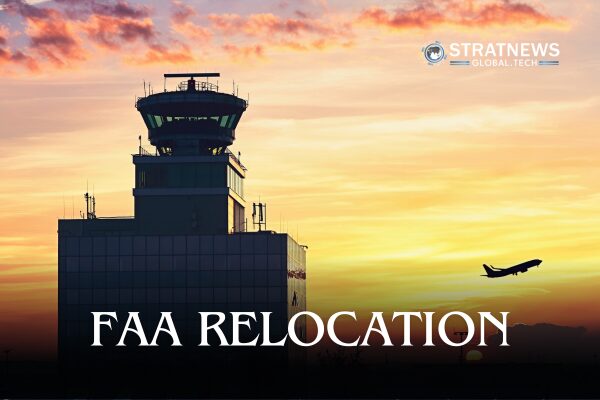FAA to End Leases on Satellite Offices
The US Federal Aviation Administration (FAA) is preparing to cancel leases on its satellite offices in the Washington, D.C. area. The move comes as part of a broader effort to consolidate operations and relocate headquarters staff into the main building of the US Department of Transportation (USDOT).
In an email to employees, FAA Administrator Bryan Bedford said the shift would improve efficiency and teamwork. “We will work more effectively when we’re together, rather than spread across six different office locations,” he wrote. Bedford added that the move would lower operating costs and strengthen collaboration across teams.
The FAA will soon finalise the timeline for moving its offices into the USDOT headquarters, located in southeast Washington.
Thousands of Employees Set to Relocate
USDOT announced that several thousand FAA employees currently based in the Orville and Wilbur Wright headquarters buildings will move to its primary offices. The consolidation will also include the merging of IT and administrative systems.
With around 44,200 employees, the FAA makes up the largest part of USDOT, which employs nearly 53,000 people in total. However, officials have yet to clarify how many FAA functions, such as procurement, IT, and human resources, may be fully absorbed into USDOT, or whether the restructuring could lead to staff reductions.
Transportation Secretary Sean Duffy said the transition is part of a wider plan to modernise systems and reduce inefficiencies. He stressed that “legacy systems will be phased out” in favour of advanced technology, helping to streamline processes across the department.
Building Concerns Prompt Move
Another factor driving the move is the deteriorating condition of the FAA headquarters. Duffy highlighted ongoing issues, noting that employees cannot even drink the water in the current building. “It’s important for cooperation and collaboration to be under one roof,” he said.
Duffy acknowledged that not all employees may welcome the relocation but argued that remaining separate could hinder responsiveness within government.
The consolidation also aligns with President Donald Trump’s wider policy of reducing federal office space and downsizing the federal workforce.


